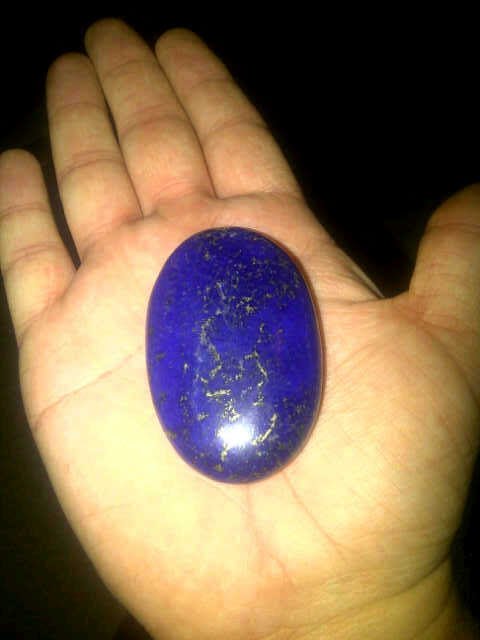
Lapis lazuli
Lapis lazuli , or lapis for short, is a deep blue semi-precious stone prized since antiquity for its intense color. Lapis was highly valued by the Indus valley civilization (3300–1900 BC), and Shortugai was a major mining and trading colony of the civilization in Afghanistan. Lapis beads have been found at neolithic burials in Mehrgarh, the Caucasus, and even as far from Afghanistan as Mauritania. It was used for the eyebrows, among other features, on the funeral mask of Tutankhamun (1341–1323 BC).
At the end of the Middle Ages, lapis lazuli began to be exported to Europe, where it was ground into powder and made into ultramarine, the finest and most expensive of all blue pigments. It was used by some of the most important artists of the Renaissance and Baroque, including Masaccio, Perugino, Titian and Vermeer, and was often reserved for the clothing of the central figures of their paintings, especially the Virgin Mary.
Information Taken from: www.wikipedia.com
Picture header credit: www.pixabay.com

On a Esoteric level:
- Stimulates wisdom
- Helps attain a good sense of judgment
- It aids intellectual analysis
- Improves problem solving
- Increases creative energies
- A stone of truth
- Encourages honesty of the spirit
Information gathered from: www.crystalvaults.com/crystal-encyclopedia/lapis

Hi! I am a content-detection robot. I found similar content that readers might be interested in:
https://en.wikipedia.org/wiki/Lapis_lazuli
Downvoting a post can decrease pending rewards and make it less visible. Common reasons:
Submit